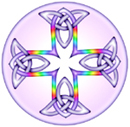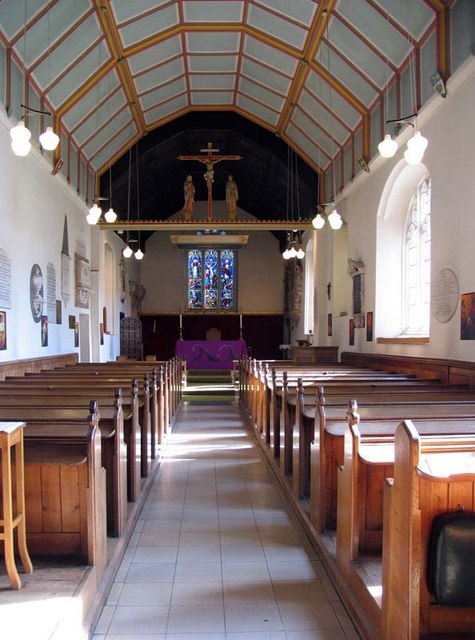
Latton was an ancient parish bounded east by Harlow and west by Netteswell. Like Netteswell it was a long, narrow parish, extending south from the river Stort. In 1949 its northern and central parts were merged in Harlow parish as part of the designated area of Harlow town, while the southern part was transferred to North Weald Bassett.
The church of ST. MARY THE VIRGIN comprises nave, chancel, north chapel, west tower, south porch (disused), and north vestry. The walls are of flint rubble and brick and are partly faced with cement. The nave and chancel, which are the same width, without a chancel arch, date from the 12th century. In the south wall of the nave are a small Norman window and the arch of the Norman south doorway, both turned in Roman brick. A tower had been built by 1234.
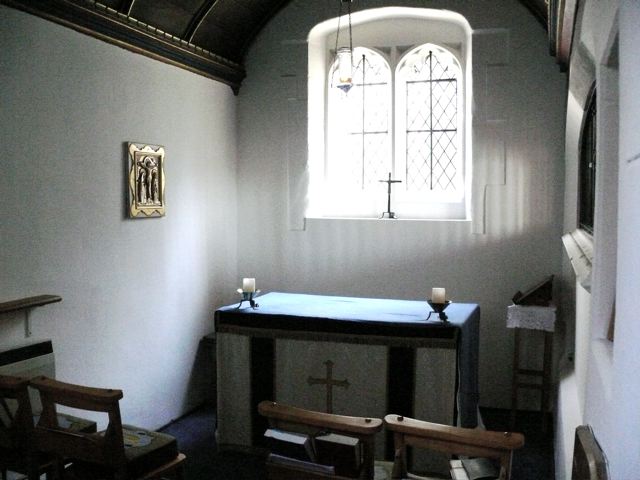
The building of the north chapel for Sir Peter Arderne's chantry, took place about 1466. The oak roof of the chapel was originally decorated in vermilion, blue, and gold, while the walls were covered with paintings depicting the legend of Holy Kinship, and included the Nativity, St. Christopher, St. Dunstan, and other subjects. A few traces of the mural decorations remain. Other 15th-century work included the south porch and possibly also the rood loft. The rood loft staircase was enclosed in a brick turret which projected from the south wall of the nave and was carried above the eaves to house the sanctus bell. The staircase was probably entered by the doorway with a red brick arch, traces of which can still be seen on the outside of the nave wall. South of the doorway, adjoining the nave, was formerly a small chamber, possibly a vestry, of which only the foundations survive. The sanctus belfry was removed in 1644. Its blocked opening in the nave wall contains red brick similar to that in the rood loft doorway.
The tower and the west end of the nave were rebuilt in the later 16th century. About 1800 the north wall of the nave was faced with brick, the windows and doorway on that side being blocked and plastered over. The interior of the church was 'restored and beautified' shortly before 1848. The tower was extensively repaired in 1873, and the chancel in 1888. It was probably during the 19th century that the south doorway was blocked, and the west doorway, through the tower, became the main entrance.
The church was damaged by a rocket bomb in 1945. Repairs during the 1950s revealed architectural features previously hidden under cement. Further damage was caused by a fire in 1964, but the church was completely restored in 1965, and in 1971 a vestry was built on the north side of the nave. The tower was restored in 1977. The restoration of 1965, designed by Laurence King, has given the church a clean, modern appearance. The altar has been moved to the centre of the chancel, and is surmounted by a canopy and a rood, both brightly painted. The choir stalls are at the back of the nave, beside the organ.
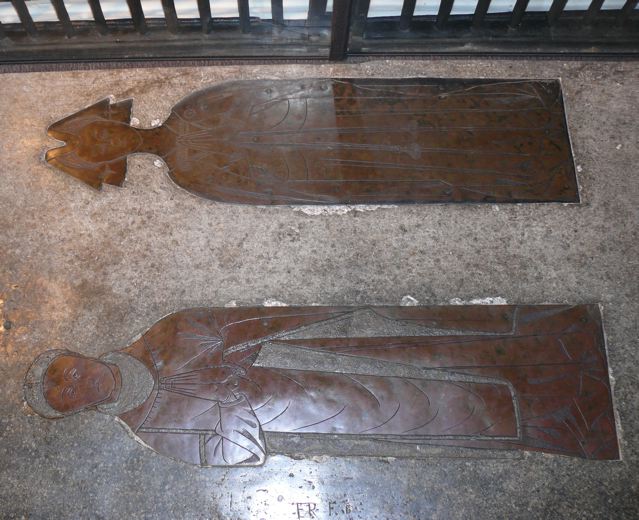 The church is rich in monuments. The altar tomb of Sir Peter Arderne (d. 1467)
and his wife has fine brass effigies. Beside it, on the floor,
is a brass probably of Sir Peter's daughter Elizabeth and her
husband Richard Harper (d. 1492). Other brasses include those
of Emanuel Wolley (d. 1617) and his wife, and Frances (d. 1604),
wife of Richard Franklin. An alabaster monument depicts the kneeling
figures of James Altham (d. 1583), his wife, and 11 children.
Sir Edward Altham (d. 1632) has a marble monument with pilasters,
pediment, urns, and angels. There are wall tablets to other Althams,
to members of the Lushington, Burgoyne, and Arkwright families,
and to several vicars, including Thomas Denne (d. 1680).
The church is rich in monuments. The altar tomb of Sir Peter Arderne (d. 1467)
and his wife has fine brass effigies. Beside it, on the floor,
is a brass probably of Sir Peter's daughter Elizabeth and her
husband Richard Harper (d. 1492). Other brasses include those
of Emanuel Wolley (d. 1617) and his wife, and Frances (d. 1604),
wife of Richard Franklin. An alabaster monument depicts the kneeling
figures of James Altham (d. 1583), his wife, and 11 children.
Sir Edward Altham (d. 1632) has a marble monument with pilasters,
pediment, urns, and angels. There are wall tablets to other Althams,
to members of the Lushington, Burgoyne, and Arkwright families,
and to several vicars, including Thomas Denne (d. 1680).
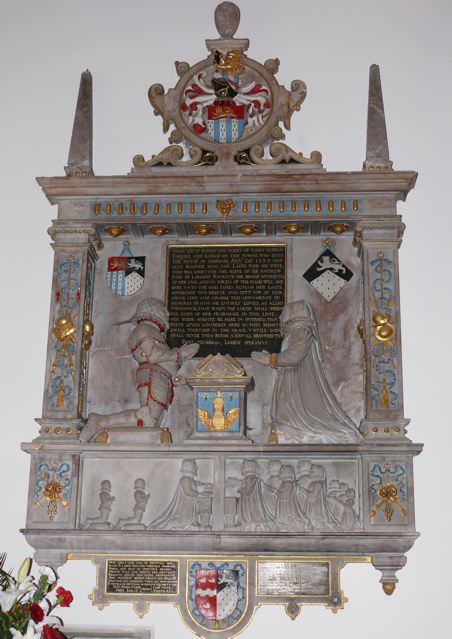
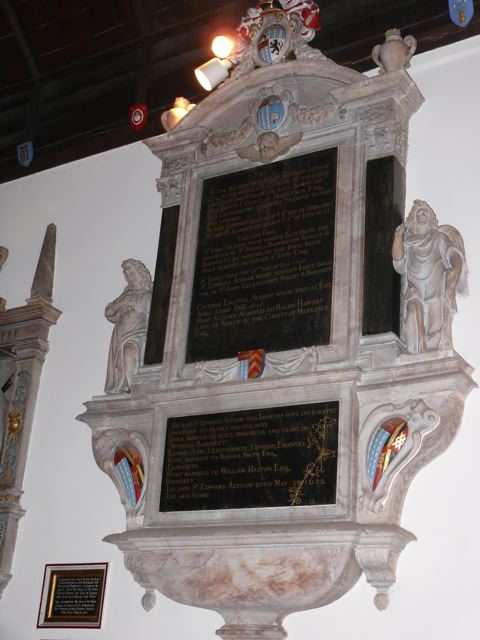
There are five bells, of 1579, 1611, 1612, 1627, and 1728. The last, which is small, may be a recast sanctus bell. The silver plate including an almsdish of 1590 and a cup and paten, both of 1602, given by the Wolley family were stolen in 1959 An altar frontal of c. 1700 was given to the church by Mary, widow of James Altham, and is now in the care of Harlow Museum.
